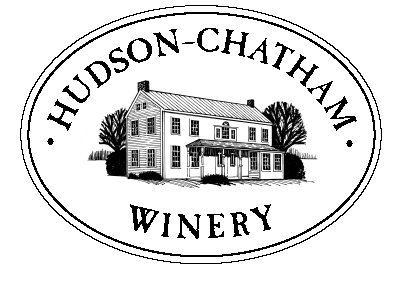
Syrup guru offers taste of his work
By CHRIS KELLY
By CHRIS KELLY
Evening Sun Reporter (Gettysburg PA)
02/17/2008 04:07:57 AM EST
There are many stories on how maple syrup came about in America.
One is when a Native American woman was searching for a way to boil dinner.
Another is when a young boy saw a squirrel bite a twig off a maple tree and saw the squirrel lick the tree, the boy thought there was something in the tree.
02/17/2008 04:07:57 AM EST
There are many stories on how maple syrup came about in America.
One is when a Native American woman was searching for a way to boil dinner.
Another is when a young boy saw a squirrel bite a twig off a maple tree and saw the squirrel lick the tree, the boy thought there was something in the tree.
Although either story is disputable. Eddy Rubin, environmental educator of Strawberry Hill and maple sugaring guru, said maple syrup has been around for centuries.
This winter, conditions are perfect for making the sweet pancake topping, Rubin said.
"When the day temperature is above freezing and the night temperature is below freezing, it's the best time for making maple syrup," he said to a crowd on Saturday afternoon.
"When the day temperature is above freezing and the night temperature is below freezing, it's the best time for making maple syrup," he said to a crowd on Saturday afternoon.
Weather like that causes a "pumping action" inside the tree and the sap can come out easier, Rubin said.
Rubin holds a maple-sugaring demonstration from mid-February to mid-March at Strawberry Hill in Fairfield, where he teaches people how to collect and make their own syrup.
This is his sixth year holding the event and he said this was the best year yet because of the weather.
This is his sixth year holding the event and he said this was the best year yet because of the weather.
The program begins in a cabin where Rubin tells people about the history of Strawberry Hill and the correct way to collect syrup. The best trees will be about 12 inches in diameter or larger, Rubin said.
After finding a tree, drill a 2 inch deep hole at the south side of the maple tree.
Why the south side?
Why the south side?
"Because that's the area where most of the warmth goes in the tree," said Christian Anderson, 9, from Long Island, New York.
His father, Thomas, brought his two kids to the Gettysburg area for Presidents Day weekend and thought the maple sugaring program was a good way to see the area.
Rubin added that the current weather outside has much to do with the process as well.
"Sometimes if there is a warm front coming in at night, I am collecting sap at 2:30 a.m.," he said.
Then a spile, which looks like a spout, is placed in the hole causing the sap to come out quickly, a bucket is placed below the spile.
"Sometimes if there is a warm front coming in at night, I am collecting sap at 2:30 a.m.," he said.
Then a spile, which looks like a spout, is placed in the hole causing the sap to come out quickly, a bucket is placed below the spile.
Rubin then tests the audience's taste buds by playing a game he calls "Guess That Syrup," where people taste seven different types of syrups - 100-percent maple, partial maple and imitation. Rubin has the group put syrup on small pancakes and guess which is which. He had the crowd taste four brand name syrups, two pure maple syrups and one artificial.
"The game is designed so people can taste the difference between pure maple syrup and what is sold in stores," Rubin said.
He then takes the crowd outside to collect syrup.
The tree they go to is picked during the summer and fall, when the trees look healthiest, he said.
Rubin assists the crowd members in collecting sap in a bucket. He then takes the bucket and boils it "for hours."
Rubin assists the crowd members in collecting sap in a bucket. He then takes the bucket and boils it "for hours."
Then it is maple syrup.
He added it is necessary to collect a lot of sap because for "about every 40 gallons of sap is one gallon of syrup."
John Ramp and his wife, Debbie, brought her son, Adam Clouser, 9, to the event because they like doing family-friendly things together outdoors.
Ramp said he would like to try maple syruping around where he and his family live in Perry County, but another type of tree grows where they live.
"Maybe I can do oak sugaring," he joked.
"Maybe I can do oak sugaring," he joked.
The maple sugaring event takes place every year at the Strawberry Hill Nature Center, 1537 Mount Hope Road, Fairfield. The cost is free to Strawberry Hill members and $3.75 for non-members.
It is held at 10 a.m. and noon Saturdays, Feb. 16 and 23, March 8 and 15. 1:30 p.m. and 3:30 p.m. for planned parties. The program lasts about one and half hours.









